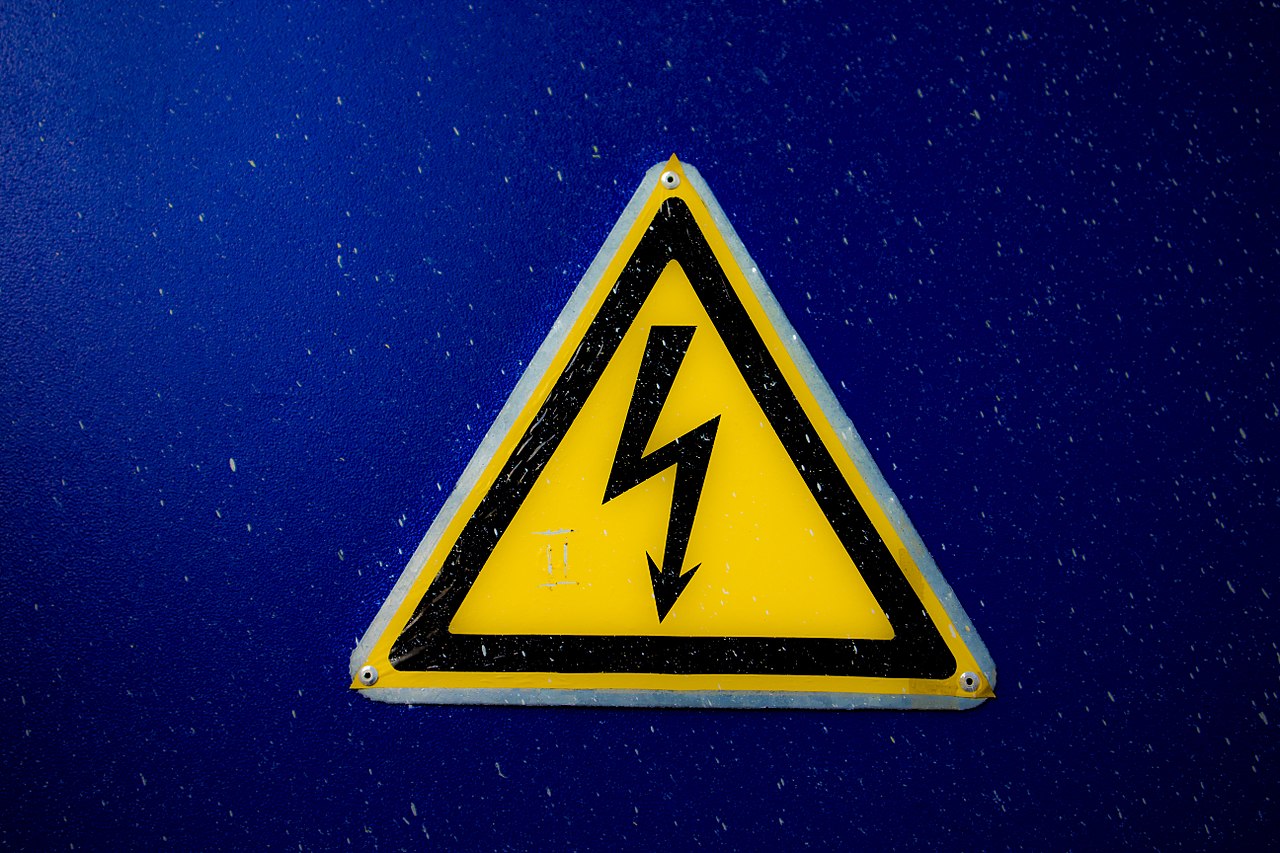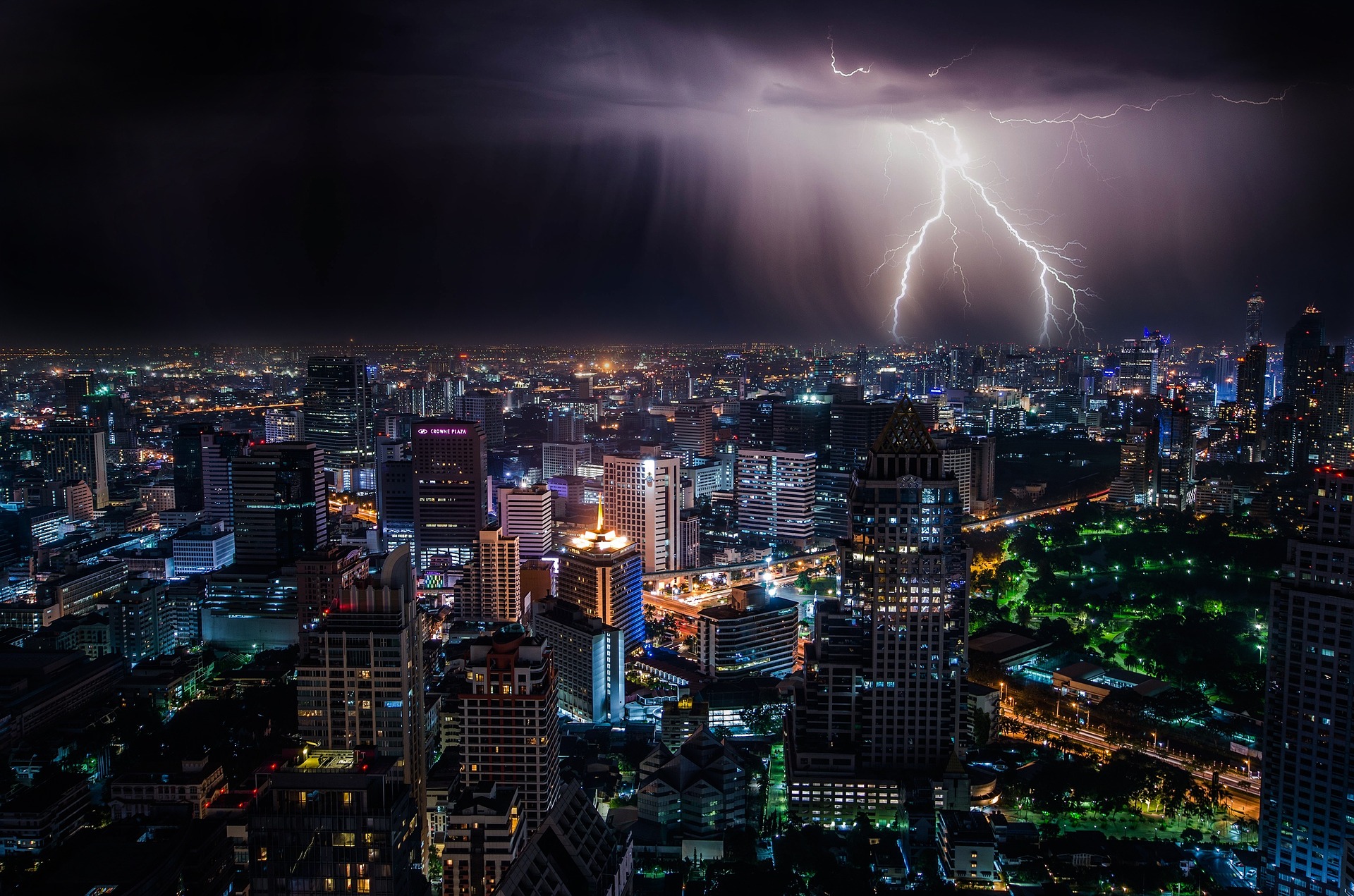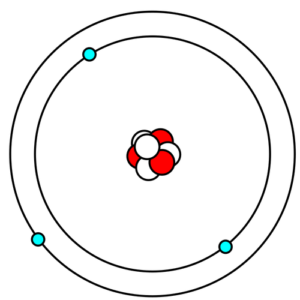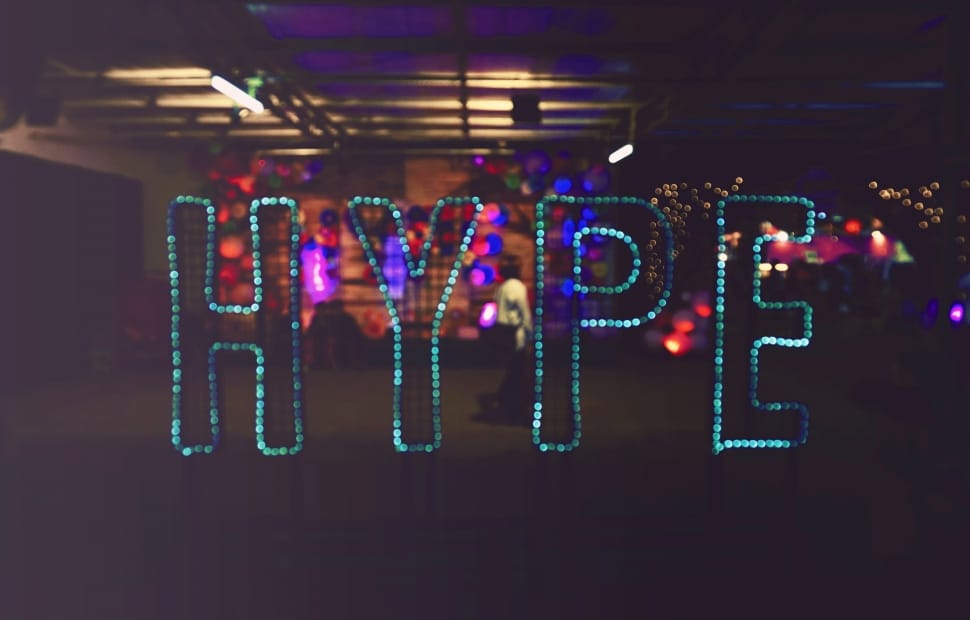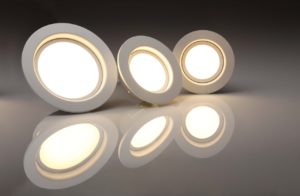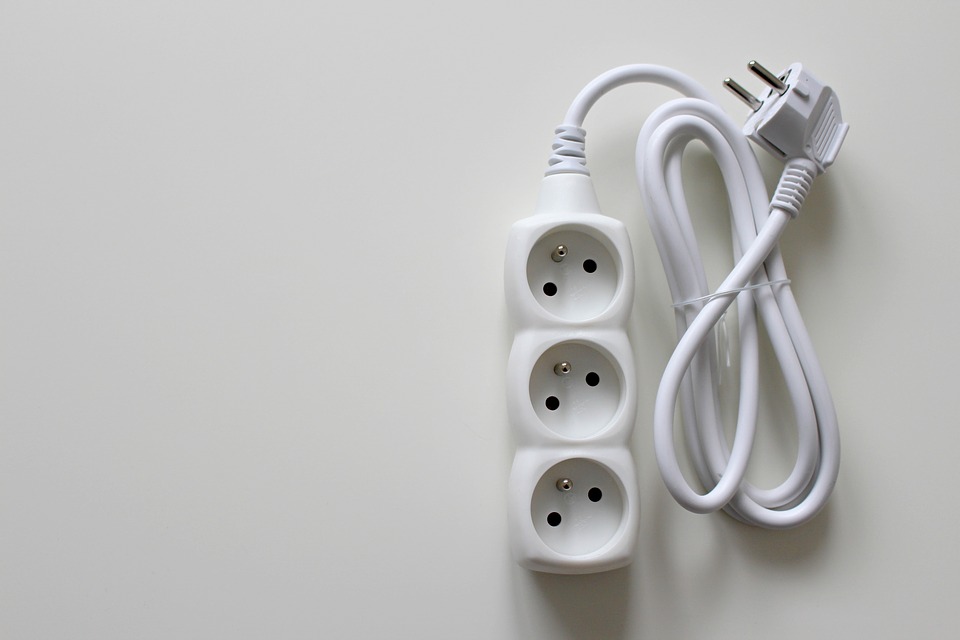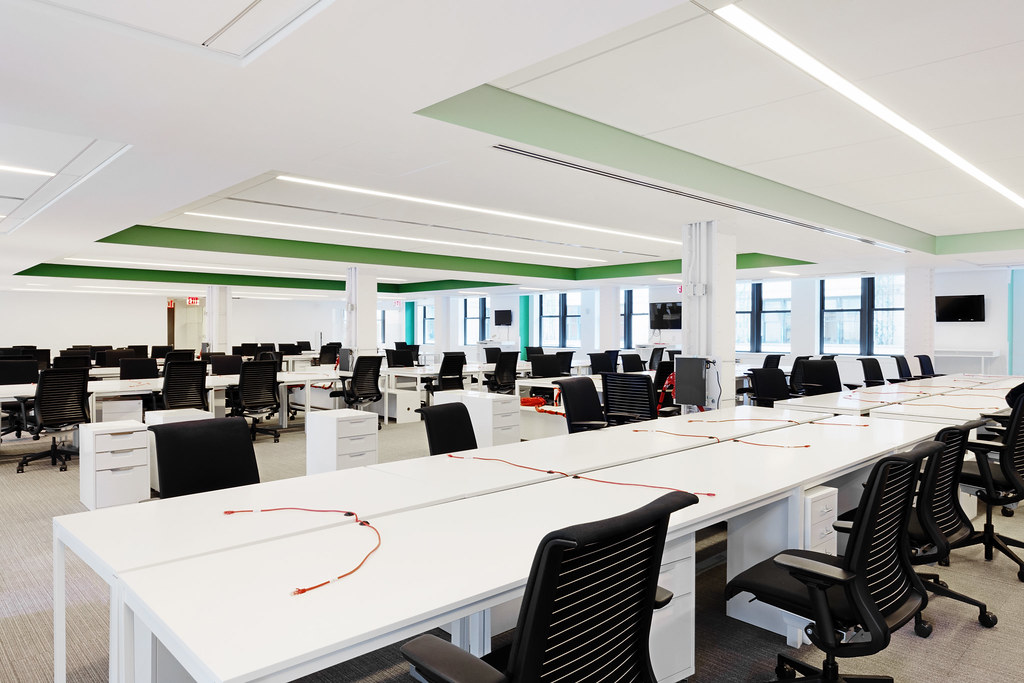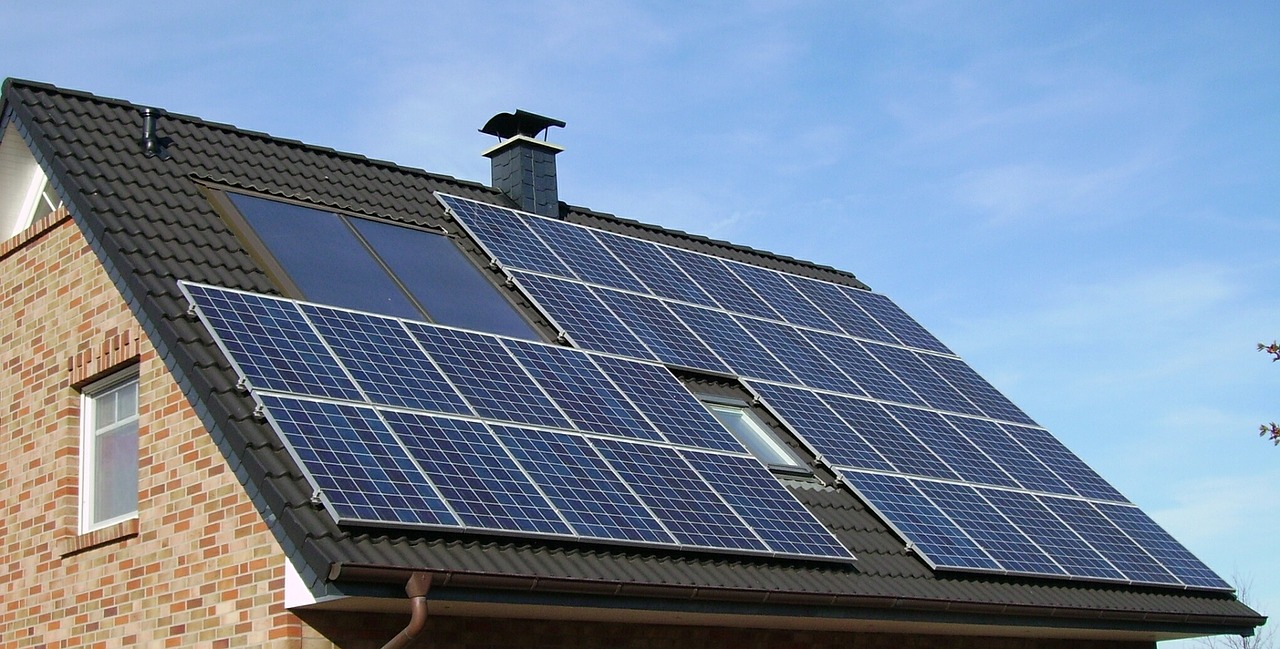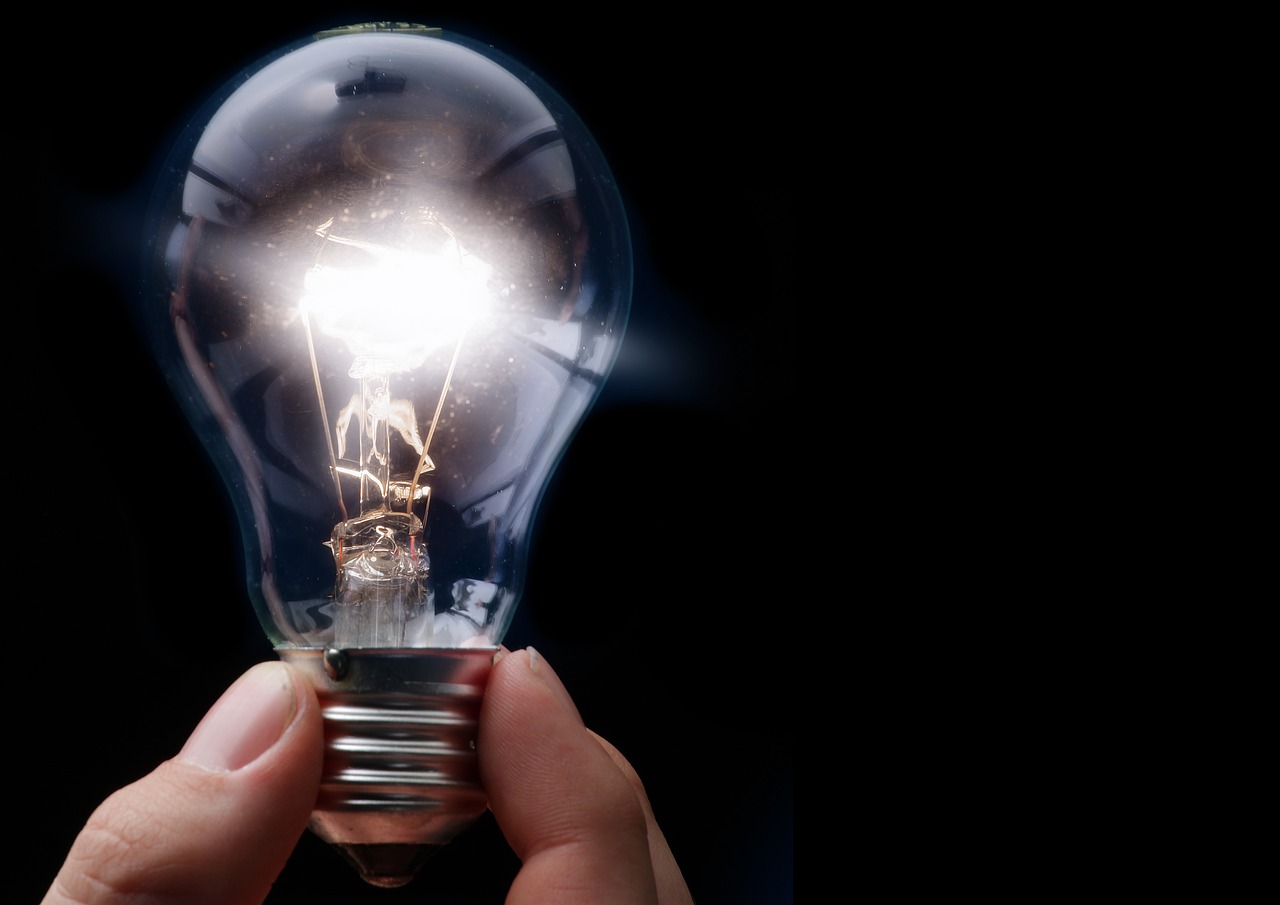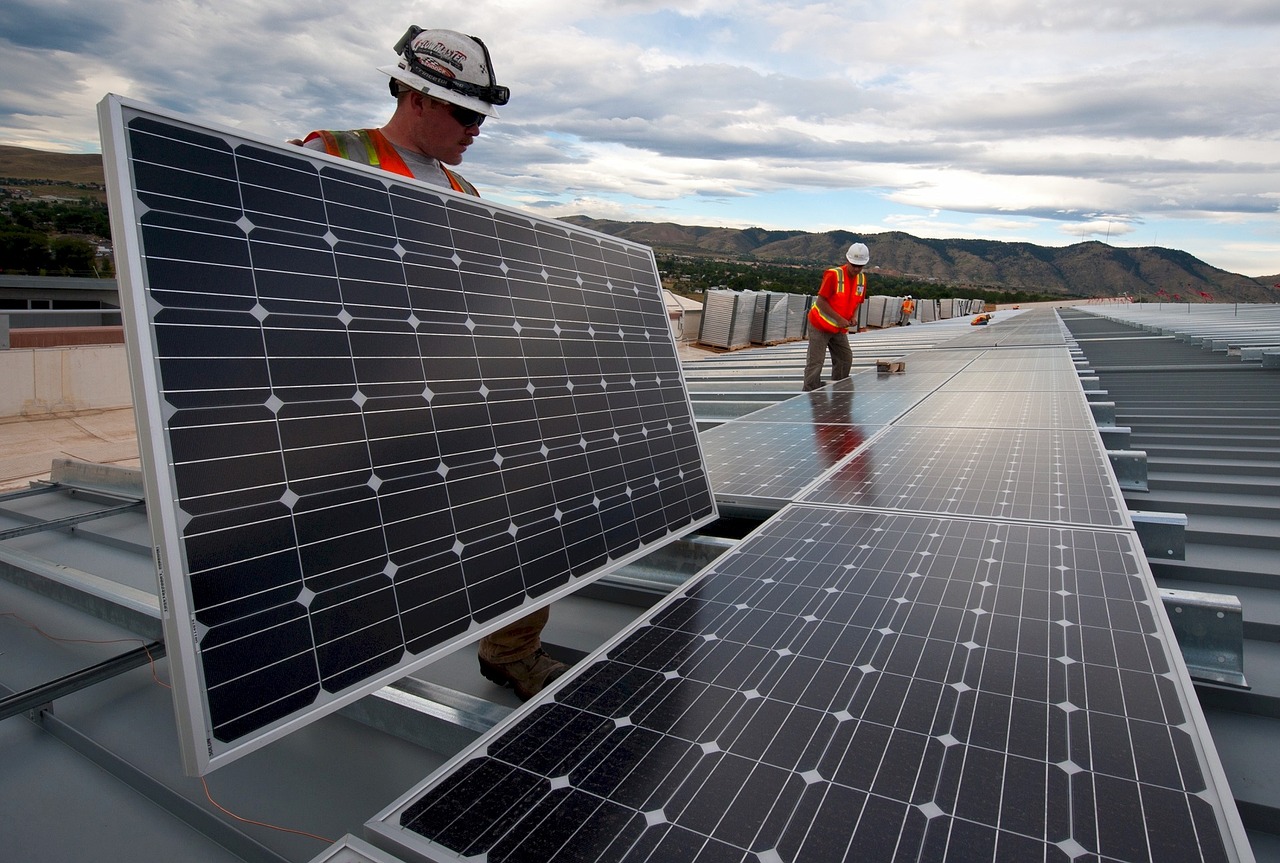Workplace safety precautions are becoming an increasingly important part of the working environments. Avoiding injuries on the job protects the best interests of both employees and companies. Unfortunately, accidents are never 100% avoidable. That said, there are still many things companies can do to reduce the likelihood of injuries in the workplace. Electrical safety in the workplace is an important, yet often overlooked part of maintaining a safe environment. Companies and employees all share the responsibility of reducing the risk for electrical fires, shocks and burns.
Common Guidelines for Electrical Safety in the Workplace
Although your might have to call in an electrician to optimize your workplace for electrical safety, there are common sense things you can do today to make your workplace safer.
Educate Employees
Basic employee education can go a long way in keeping your workplace safer. Set up a guide of safety rules in your workplace, adding electrical safety as part of the guide. Even well-educated employees can fail to think of all the possible thing that could go wrong. Because of this, you should try to brainstorm problems that employees might overlook to help them remember.
It’s the preferred method of action to turn of electrical power at the mains in the event of an electrical shock. So, if one of your employees gets injured in an accidental shock, at least some of your employees must know where to the main switch is to turn off the power in order to avoid death by electrocution.
Keep Electrical Equipment in Safe Environments
Chances are, most of your workplace is safe for storing electrical equipment. Despite this, you have to be really careful about where you place any electrical tools or appliances. Keep all your electrical equipment away from taps, bathrooms and areas that get hot.
This seems obvious, but also keep in eye out for problems like damp walls. A piece of electrical equipment placed against a damp wall can cause the power to trip.
Also preferably keep your electrical equipment for from bathrooms. You never know when a toilet or tap can start leaking uncontrollably, damaging your equipment irreparably.
Regularly Check Equipment
Regularly inspect all your electrical equipment and wiring. While this is necessary in any industry, construction and maintenance industries are most vulnerable. If your staff use power tools and operate heavy equipment often, wear and tear can cause damage to your wiring.
Don’t Overload Outlets
Teach employees basic guidelines to avoid overloading outlets. For example, it’s recommended that you never run more than one high wattage appliance at a time from a single outlet.
Unfortunately, it’s not always easy to distinguish between high, low and medium wattage appliances. Set up a list different appliances you run in the office and their wattage requirements (labelled low, medium or high). This can serve as a easy reference for employees whenever they want to use two appliances on the same outlet.
Don’t Overuse Extension Cords and Multiplugs
While extension cords and multiplugs are useful, they are risky. That’s because both extension cords and multiplugs make it easier to run multiple high wattage appliances from the same outlet.
In most cases, overloading an outlet will cause the power to trip. However, there is always a risk that your circuit breaker won’t kick in. In this case, your wiring can overheat, posing a significant fire hazard.
Apart from the risk of overload, electrical extension cords can also pose a tripping hazard if you overuse them.
Unplug Any Extra Equipment
Although it’s easy to keep all your electrical equipment plugged in at all times, it’s unnecessary. Only stationary equipment like photocopy machines, PCs and fridges need to b e plugged in at all times. The general rule should be that anything that moves, must be unplugged when not in use.
Never Ignore Potential Problems
Even something as seemingly insignificant as flickering light bulbs could pose a risk. This is especially true if your work environment uses LED globes, as they don’t generally start to flicker with age as often.
But sometimes, electrical problems are more obvious. It could be that you have certain outlets that often cause the power to trip when used – even if those outlets aren’t overloaded.
Pay attention to anything that looks suspicious and call in professional help to have it inspected.
Special Guidelines for Electrical Safety in the Workplace
Electrical safety in the workplace is something every individual can contribute to. But there are some instances when it’s better to call in professional help than to do everything yourself.
Always Work with Certified Electricians
Even if you know how to do basic electrical work, don’t ever attempt to do it yourself. Certified electricians are more knowledgeable and skilled in doing electrical work.
Regardless of whether you’re looking to install new lights, get new power outlets or change wiring, the work must be performed by qualified electricians.
Double-check Your Switches
Even though fixed electrical equipment doesn’t have to be unplugged when not in use, outlet must all have switches. Switches are the easiest way to cut power to an outlet quickly during an emergency.
If you currently have outlets at your workplace that aren’t fitted with switches, call an electrician to assist in installing new ones.
Prioritize Electrical Inspections
To avoid any electrical hazards from developing in the workplace, it’s important to book professional electrical inspections. It’s recommended that you inspect your workplace electrics at least every 5 years, although more frequent inspections are advisable in some cases.
After inspection, you might have to update certain parts of your electrical system to comply with current safety standards. This helps you stay up-to-date with electrical safety protocols, avoiding major changes, which are much more expensive.
Staying up-to-date with safety also protects the company’s interests if any incidents do occur.
General Workplace Safety Guidelines
Although electrical safety in the workplace safety is important, general safety rules also apply.
Here are some general workplace safety guidelines:
- Don’t allow overtired or ill employees to operate power tools or dangerous equipment. If you know your staff had to work through the night on a project, send them home when they start to show signs of exhaustion.
- Don’t allow staff to run electric cords across walkways, passages and open spaces. If there’s any chance that someone might walk in a certain area, there shouldn’t be an electric cord on the floor. Instead, run extensions along walls and large furniture pieces.
- Encourage employees to take regular breaks when operating dangerous equipment.
- Regularly inspect your ceiling for roof leaks. A bad roof leak could soak your electrical equipment, leading to damages and a potential fire hazard.
- Keep different kinds of fire extinguishers on hand at all times.
Contrary to what you might think, not all fire extinguishers are suitable for any kind of fires:
- Class A extinguishers are suitable for ordinary fires, such as when paper, wood or other items catch fire.
- Class B extinguishers are suitable for oil-based fires. Such as when flammable gasoline, kitchen oil or paraffin is burning.
- Class C extinguishers are only suitable for electrical fires.
- Class D extinguishers are used to put out flames from flammable metals
For most workplaces, only a class A, B and C extinguishers are required. However, be sure you have different extinguishers and that employees are educated on which extinguisher to use for different kinds of fires. If necessary include a picture with each extinguisher of what kind of fire it can be used for.
Conclusion
By taking some simple measures, electrical safety in the workplace can be easy to implement. You don’t have to be a qualified electrician or contractor, even basic precautions can help greatly in preventing accidents.
Just be sure to educate employees on the proper use of extension cords and Multiplugs. Also be sure to equip your space with emergency tools like fire extinguishers and first ad kits in case an accident does happen.
Remember you can do so much to make your workplace safer, but always be sure to call in a qualified electrician for specialized jobs.




